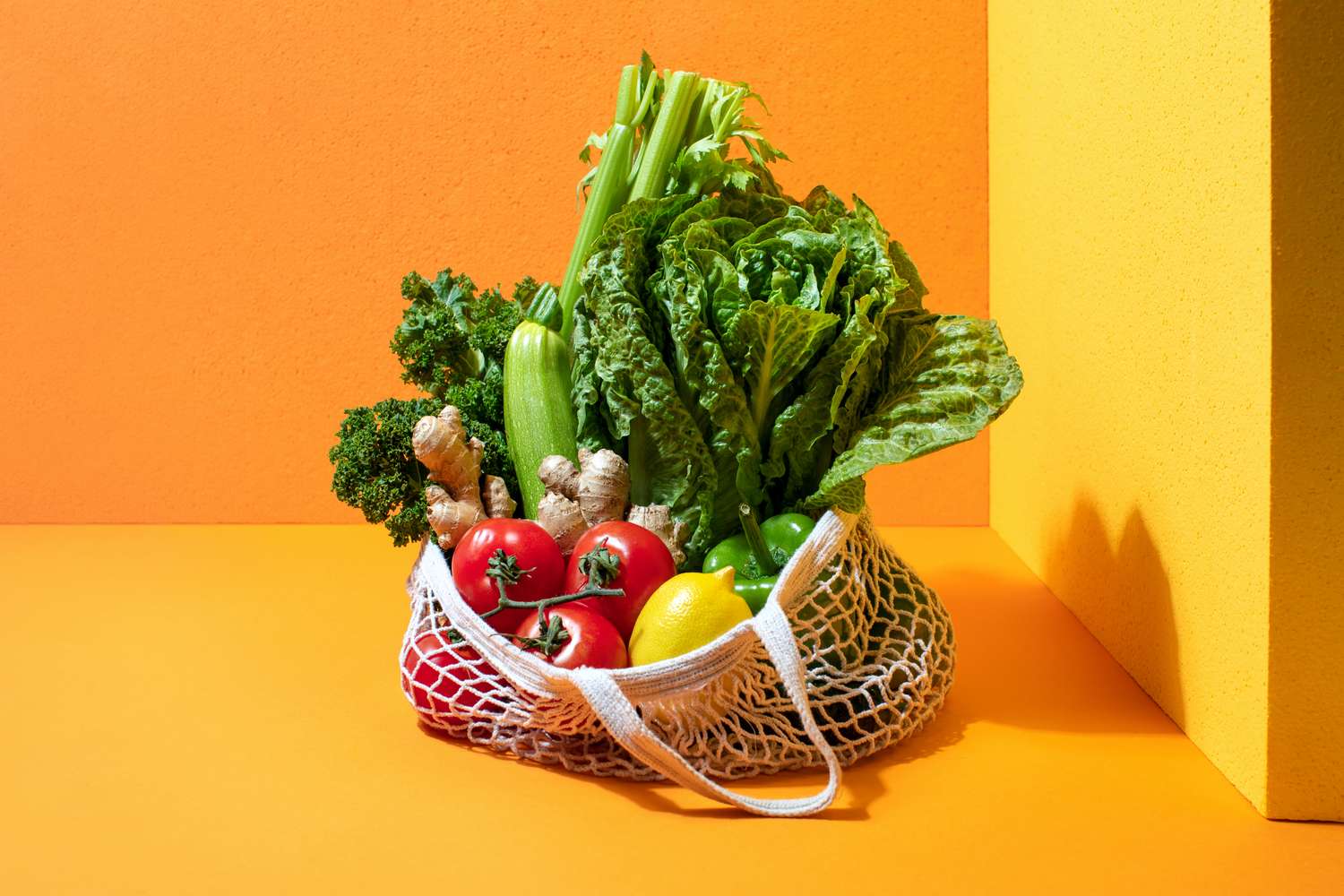Key Takeaways
- Due to its high levels of antioxidants, fiber, and anti-inflammatory compounds, kale supports immune function, gut health, and disease prevention.
- Kale provides vitamin C, vitamin K, calcium, and magnesium—all of which help strengthen bones, reduce inflammation, and protect against age-related diseases.
- From smoothies and soups to salads and snacks, kale’s versatility makes it easy to enjoy its health benefits daily.
If you want to eat for longevity, look no further than vegetables. They’re packed with nutrients that support overall health, helping you live a long and thriving life. The good news? All vegetables can benefit your lifespan, so there are plenty of options to choose from. But if one vegetable came out on top, what would it be? To find out, we asked registered dietitian Nisha Melvani, MS, RD, to share the best vegetable for longevity and living well.
- Nisha Melvani, MS, RD, registered dietitian, founder of Cooking for Peanuts, and author of Cooking for Longevity: A Registered Dietitian’s Guide to Boosting Healthspan
The Best Vegetable for Longevity
When asked to name the top vegetable for longevity, Melvani called out kale, a popular and versatile leafy green. Thanks to its rich content of essential nutrients—particularly antioxidants and fiber—kale tops other vegetables in the category of longevity.
“Kale contains several important antioxidants,” Melvani says. These include carotenoids (like lutein and beta-carotene) and vitamin C, which help neutralize harmful free radicals and reduce oxidative stress in the body, she says. It’s a noteworthy effect for longevity, as chronic oxidative stress can contribute to chronic diseases, which can shorten your lifespan. Additionally, vitamin C “supports immune function by promoting the production and function of white blood cells, helping the body fight infections more effectively,” Melvani adds. “Vitamin C also aids in wound healing and helps maintain healthy skin by supporting collagen production.” This prevents illness-causing germs from entering the body, keeping you healthy and well. Finally, kale provides glucosinolates, or compounds that are linked to a lower risk of chronic disease due to their potent anti-inflammatory and antioxidant properties.
Plus, kale is a stellar source of fiber. According to Melvani, this includes insoluble fiber, which adds bulk to stool and encourages regular bowel movements, and soluble fiber, which feeds beneficial gut bacteria. The latter also supports the production of short-chain fatty acids in the gut, which reduce inflammation and strengthen the immune system, Melvani says. Soluble fiber also manages blood cholesterol and blood sugar, which is key for reducing the risk of heart disease and type 2 diabetes, respectively. “By supporting gut health, lowering cholesterol, controlling blood sugar, and reducing chronic inflammation, the fiber in kale may help prevent age-related diseases and promote a longer, healthier life,” Melvani says.
The longevity-boosting benefits of kale don’t stop there. “Kale is rich in nutrients that are important for strong, healthy bones,” Melvani says. “It provides vitamin K, which helps the body make proteins needed for bone mineralization and strength.” Kale also offers calcium, which builds and maintains bone density, and magnesium, which supports bone structure and helps the body use calcium effectively. Together, these nutrients can strengthen bones, potentially reducing the risk of falls that can lead to serious fractures and ultimately, a poorer quality of life.
How to Eat More Kale
As a versatile vegetable, kale can be added to a variety of recipes. Here are some of our favorite ways to eat more kale.
Blend in Smoothies
Upgrade your next smoothie with a handful of kale. Not a fan of the vegetable’s bitter flavor? Blend it with a naturally sweet ingredient, like pineapple or maple syrup. If you need inspiration, try it in our kale apple smoothie.
Stir in Soups
Bulk up your next soup, stew, or chili with kale. Simply cook the dish as usual, then add sliced kale and stir for five minutes, or until the leaves wilt. It will add a pop of color and nutrients, as seen in our sweet potato and kale tortilla soup.
Toss in Salads
Kale makes for an excellent salad base, so long as you prepare it right; be sure to massage the leaves with olive oil or, at the very least, let it sit in an acidic dressing. This will make the tough leafy green more tender and palatable to eat.
Sauté a Side Dish
For a simple way to enjoy kale, sauté the leaves with olive oil (another longevity-friendly ingredient) and your favorite spices. Serve alongside protein or as part of loaded sweet potatoes with coconut and kale.
Roast Until Crispy
The next time you’re craving a crunchy snack, make kale chips. Toss kale leaves in olive oil and spices, then roast until crispy. Tip: Enjoy kale chips as a soup topper!


